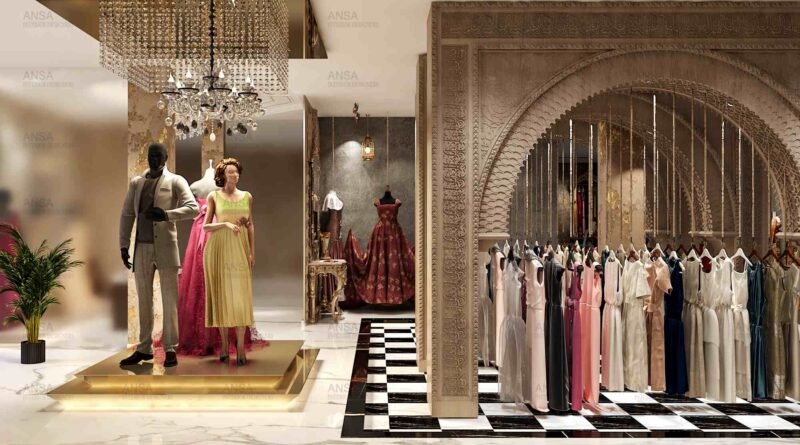12 Showroom Interior Design Excellence Ideas for Modern Spaces
How showrooms and shops are decorated directly influences customers’ perception of their experiences in the fast-evolving retail sector. More than just displays, it’s the construction of immersive settings that resonate with guests and leave a mark. Every place tells a different story, drawing on design elements — from the sleek sophistication of a high-end boutique to the homey charm of a neighborhood diner. In this long investigation, we dive headfirst into the intricacies of showroom interior design with 10 varying examples — from the sweet world of cake shops to four-wheel movers.
Showroom Interior Design
1. Fashion Boutiques Interior Design
Luxury and exclusivity are two hallmarks of high-end fashion boutiques. And these showrooms have sleek interiors with smooth lines, comfortable furniture and carefully placed lighting. Designer clothing racks to mirrored displays, each detail is carefully selected to enhance the shopping experience and nothing less than luxurious. As customers step into these boutiques, they are instantly immersed in an atmosphere of glamour and style, where every aspect whispers elegance and sophistication.
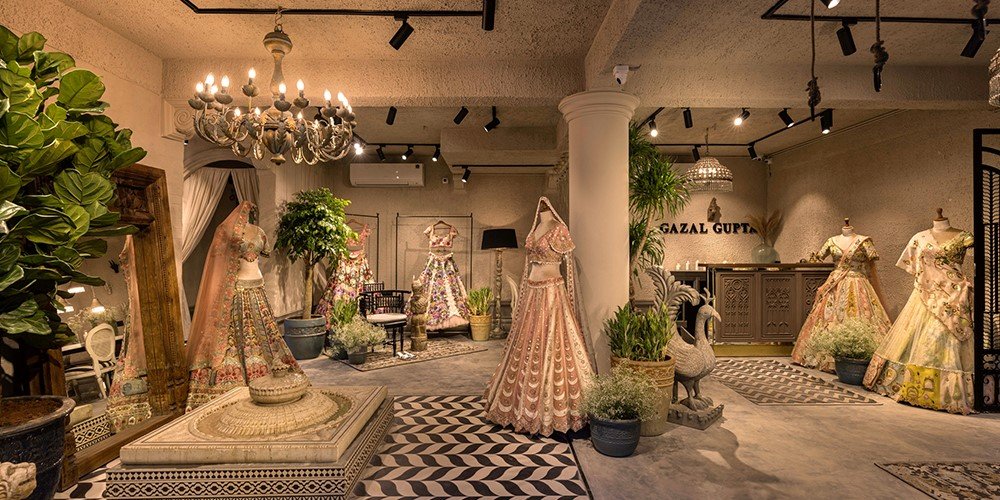
2. Vintage Stores Interior Design
There is something magical about vintage stores, from the nostalgia to the decor that resembles a time long gone. These shops feature eclectic decor, mismatched furniture and curated collections of retro treasures. Whether it’s an antique trinket or a piece of vintage clothing, every object has a story to tell and leaves the customer yearning to sift through and find their hidden treasures. For us who are guilty buyers from vintage stores, their design has a certain appeal to it.

3. Scandinavian Design Studios Interior Design
Scandinavian design studios are known to focus on their minimal aesthetics, clean lines, and functionality. These showrooms favor simplicity, with neutral color straps, natural materials and clean, minimalist accessories that balance elegance and utility. The Scandinavian design studio is known for the use of light-filled interiors and uncontrolled layouts that create a sense of calm and peace, which makes them ideal for many people looking for a minimalist aesthetic. Combination with function, these showrooms give an example of a minimal elegance.
4. Tech Showrooms Interior Design
Showrooms are an exhibition of tech, taking place against a backdrop of some of the coolest gadgets and whizzy technology in the world in sleek, futuristic surroundings. Interactive displays, immersive experiences, and state-of-the-art design elements fill these spaces to captivate and inspire visitors. Whether it’s virtual reality demos, or hands-on product testing, tech showrooms reflect the future of technology and ignite a really exciting and vibrant environment. In these showrooms, the spirit of innovation is alive and well, attracting everything from tech lovers to early adopters who want to see what the technology of tomorrow looks like today.
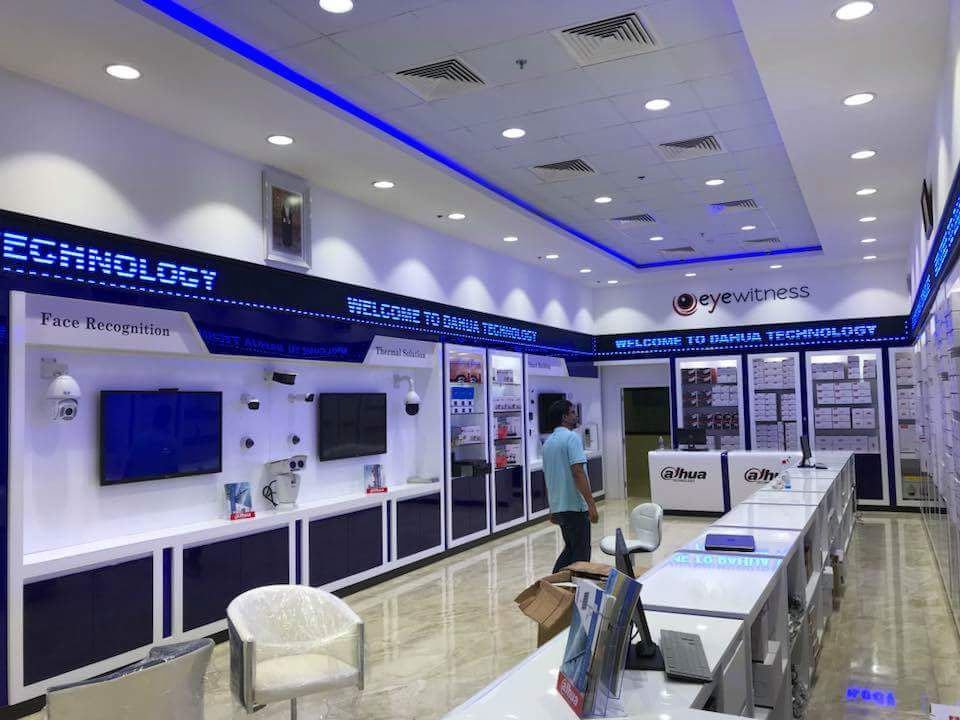
5. Bookstores Interior Design
Bookstores are sanctuaries for book lovers — a place where customers may find refuge in the pages of the writers they love. They all have warm lighting, comfy seating areas, and bookshelves shelved with books of every possible genre. Book shops themselves have a welcoming vibe, inviting people to roam, stay a while, and get lost in the pages of a great story. Bookstores are not just about the books on the shelves; they have a certain smell (freshly brewed coffee) and sound (rustling a page) that brings customers back again and again.
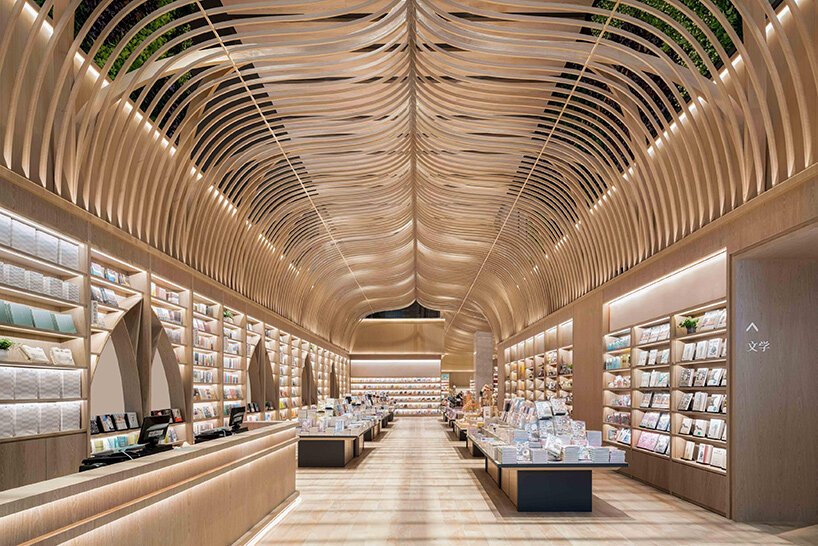
6. Gallery Showrooms Interior Design
Gallery showrooms are in-space dedicated to art, displaying works of art at their finest. These showrooms boast spotless white walls, minimalism, and selective installations of paintings, sculptures, and various creative works. The simplicity of the showrooms elevates the pieces and creates a tranquil environment that prompts guests to absorb the nuances and elegance of a piece. In a gallery showroom, a work of art can speak, whether it is an interesting painting or a disgusting sculpture.
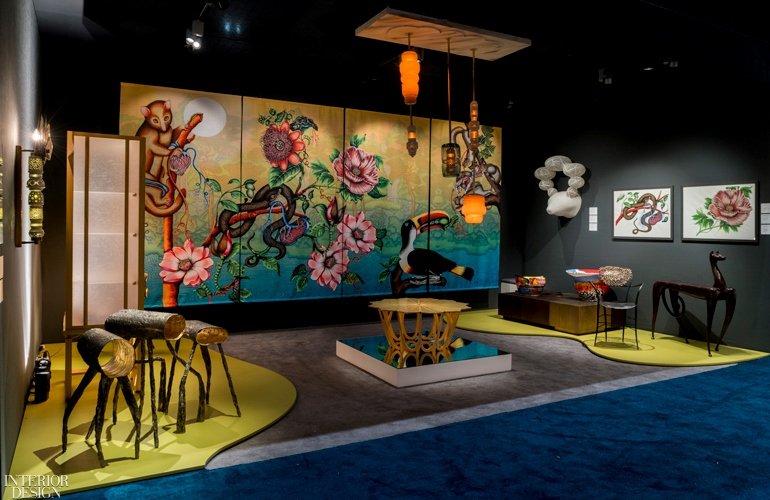
7. Gourmet Food Markets Interior Design
Gourmet food markets are a sensory overload of culinary delights in a lively, bustling atmosphere. Shawarma and falafel Vendors Setup in a Vibrant market, full of Freshly Available produce. Includeable to Sift into Artisan donuts or Chocolate bars. These Markets Are Colorful, It’s a sensory bonanza for foodies and gastronomes, with the aroma of freshly baked bread and the sizzle of pans. Though these markets differ in terms of their offerings, they typically feature farm-fresh fruits and vegetables grown only in the finest of conditions, exotic spices from faraway lands, and specialty ingredients from the most prestigious chefs.

8. Concept Cafes Interior Design
Concept cafes are places where coffee culture and creative innovation go hand in hand and which offer something for the soul, not just the caffeine fix. These cafes boast stylish interiors, inviting seating spaces, and social media-worthy designs that attract people to meet and unwind together. Concept cafes can be places to chill but are often sources of specialty brews or artisanal pastries. Designing a space where readers are free to write or read, or where friends can come to drink coffee together, these concept cafes mpl cater to locals by offering a relaxing atmosphere for visitors.
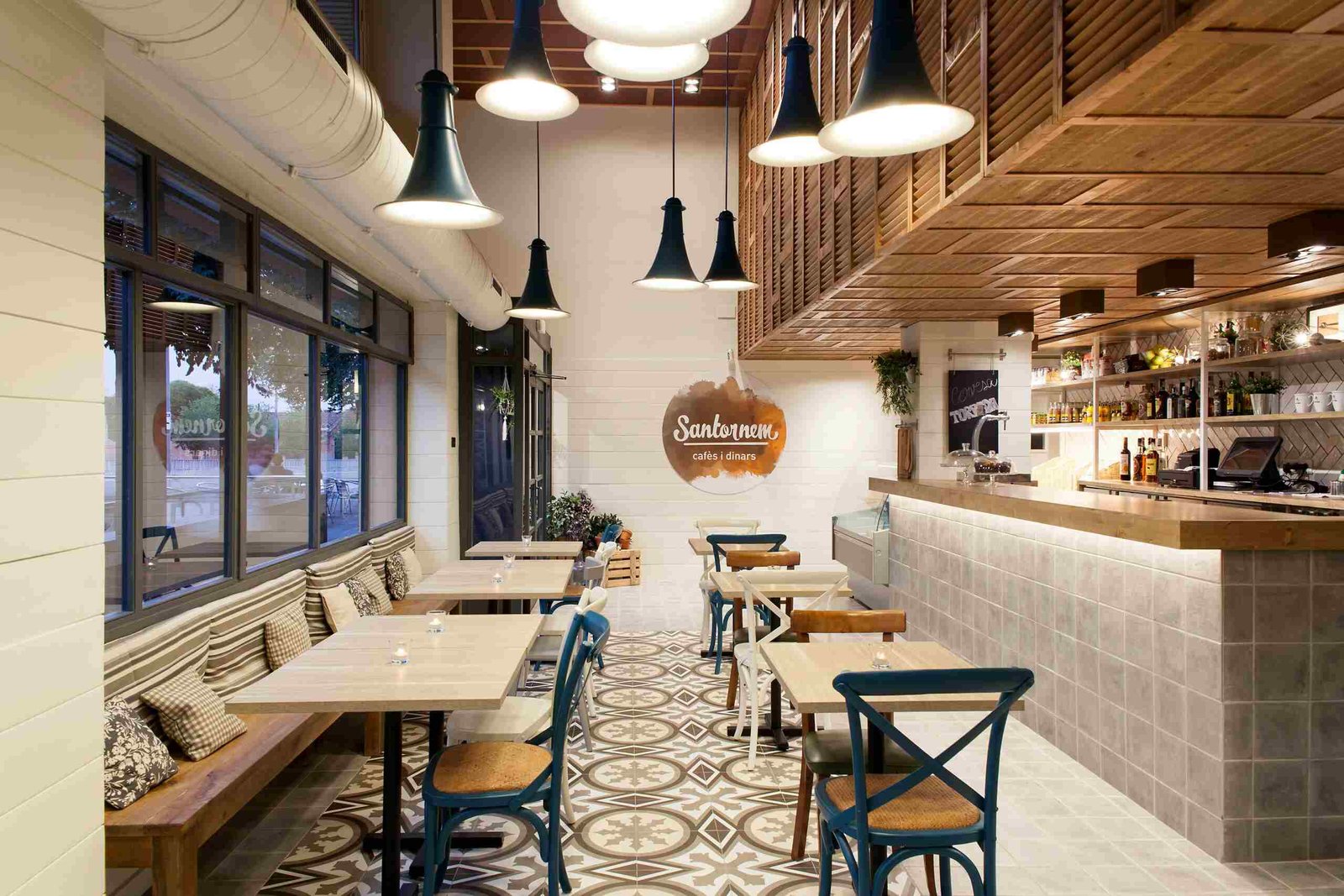
9. Beachfront Boutiques Interior Design
Beachfront boutiques embody the essence of coastal living with a curated collection of resort wear and beach essentials. The boutiques boast breezy take-the-day-off interiors, whitewashed walls and sprawling ocean views, giving a coastal freedom in attitude. From light and breezy sundresses to stylish swimwear and coastal accessories, beachfront boutiques stock the essentials for sun seekers and seaside adventurers alike — everything you need for a day on the beach or a night on the town. There is something so vacation-ish about the coastal elegance of these boutiques and they’re therefore popular with locals and tourists alike.

10. Cake Shop Interior Design
Last but not least, cake shops are a dreamy world, where the treats are literally masterpieces. These stores have pastel-colored interiors, whimsical decorations and displays of cakes, cupcakes and pastries that will make your mouth water. From elaborate wedding cakes to pastel-hued petit fours, cake shops titillate the senses and bring joy to visitors of any age.

The showroom and shop interior design is a versatile discipline that covers a wide range of styles and aesthetics. From the spectacular appeal of high-end boutique to the comfortable attraction of the Neighborhood Cafe and the eccentric Wonderland of the cake shops, each establishment offers a unique environment that invites visitors to find, indulge and create permanent memories. Understanding the intricacies of showrooms and shop interior design, retailers can create emergent experiences echoed with customers and increase the shopping journey to new heights.
Also Read

